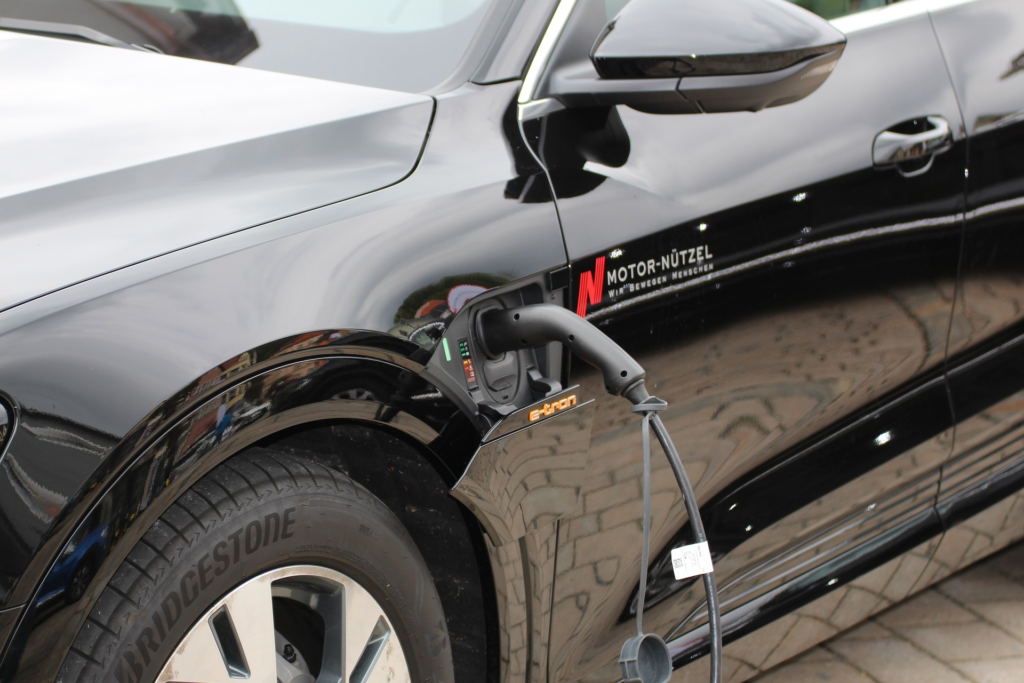Electric Vehicles in Australia — What you Need to Know
In Australia, electric vehicles (EVs) continue to gain ground as they make up an increasingly important part of the transport landscape, thanks to environmental considerations, technological improvement, and government incentives. EVs are also becoming increasingly popular among individuals and businesses as the country approaches a sustainable future. In this article, we look at the current state of electric vehicles in Australia, the issues it faces and the opportunities it offers.
Electric Vehicles in Australia: Market Overview
If the international auto industry’s rush towards electrification is a glimpse of the future, the Australian EV landscape is a microcosm of the complex mix of drivers for users and the industry. The share of EVs in new car sales has surged in recent years, exceeding 8% in 2023. A wider variety of EV models are now available to suit all budgets and tastes to help transition drivers to Electric Vehicles.

Electric Vehicles in Australia
Electric Vehicles in Australia: Popular EV Models
Among the best-selling EVs in Australia are:
Tesla Model 3 and Model Y: Recognized for their advanced technology and performance.
Hyundai Kona Electric and Ioniq: Pragmatic low-cost ranges.
BYD Atto 3: Value contender on the way
MG ZS EV: The affordable end of the EV scale.
Nissan leaf: One of the early pioneers of the EV world, most trusted.
Kia EV6: Sporty and filled with tech.
Electric Vehicles in Australia: Policies and Incentives from the Government
In Australia, both the federal government and state and territory governments are working to encourage EV ownership. These programs are designed to improve the accessibility and affordability of EVs and promote the shift away from vehicles powered by fossil fuels. Tax deductions are available for EV purchases, so companies can benefit. There have been plans for even stricter emissions standards.
State-Specific Programs
New South Wales (NSW): $3,000+ rebates and stamp duty exemptions for EVs under $68,750. Victoria: Offers rebates of up to $3,000 for EVs under $68,740, plus discounted registration fees. Queensland: Reduced registration fees and stamp duty for EV owners. Western Australia: Encourages EV adoption via its “Electric Vehicle Strategy,” which prioritizes infrastructure expansion.
Electric Vehicles in Australia: Charging Infrastructure
The distance and sparse population makes it a unique challenge for developing EV infrastructure. In the urban centers and the country, however, major investments are being made to ensure the country has a robust charging network. There are more than 5,000 public charging stations operating in the country. Fast-charging hubs are sited along major highways to facilitate long-distance travel. The government and private companies are working together to place more charging stations in remote and regional areas. Renewable energy equipment chargers complement the sustainable nature of EVs.

Electric Vehicles in Australia
Electrical Vehicles in Australia: Benefits of EV Adoption
EVs create no tailpipe emissions, resulting in cleaner air and lower greenhouse gas emissions. When a significant portion of electricity generation comes from renewable energy sources, EVs bring down the carbon emissions where the electricity is being produced. Reduced operating costs relative to existing internal combustion engine cars. Achieving less dependence on foreign power sources, increasing energy stability. Improvements in battery technology help deliver longer ranges and faster-charging times. Features that make things exciting, like driverless vehicles and remote software updates, are augmenting user experience.
Electric Vehicles in Australia: Challenges Facing EV Adoption
EVs are still dearer than petrol and diesel cars, even with incentives. But prices are slowly coming down as the technology continues to mature. Worries about limited range remain, especially in rural areas with sparse charging infrastructure. Soaring demand for EVs has resulted in long waiting lists for popular models, with supply chains unable to keep pace. The spread of misinformation and unfamiliarity with EV technology continue to be barriers to wide adoption.
Electric Vehicles in Australia: Future Outlook
As cheaper models are offered and used EVs hit the market, EV penetration will increase. Government policies that seek to phase out petrol and diesel vehicles will help accelerate adoption even more. Improvements in battery technology are enhancing range, lowering cost and boosting energy density. Wireless and superfast charging technologies are in the works too, which developers say will make life for users easier. Reducing transport emissions to help Australia meet net-zero emissions by 2050 goal. The integration of renewable energy with EVs will be crucial in achieving lower carbon footprint for the nation.
Conclusion
As such, electric vehicles provide one of the significant opportunities for Australia to transition to a more sustainable, economically viable transport system. The future of EVs in Australia looks bright, thanks to supportive government policies, developing infrastructure, and rapid technological advancement. Although challenges such as costs and range anxiety remain, the trajectory of growth and innovation suggests that EVs will continue to have a leading role on Australia’s path to a greener future.



Pingback: A Comprehensive Guide to Obtaining a Driving License in Australia - Tech Master Online